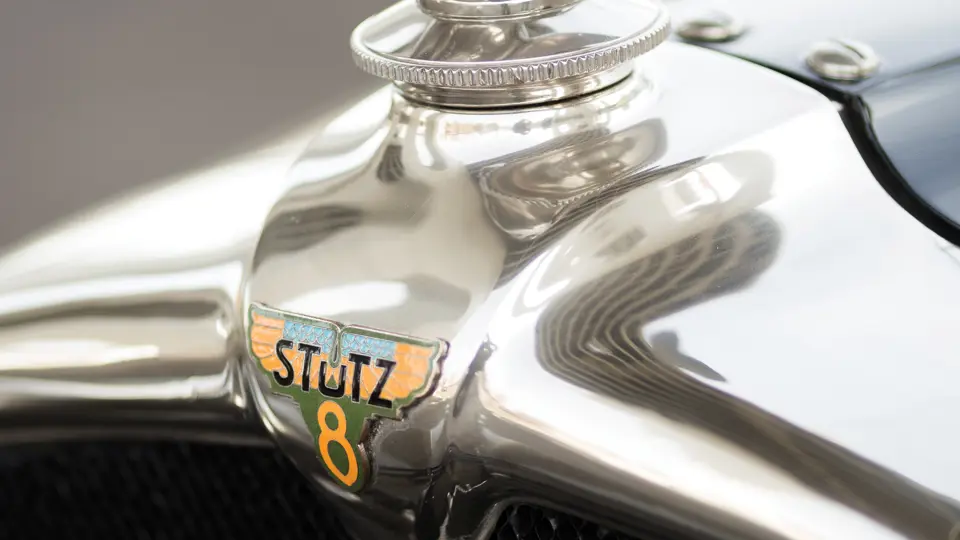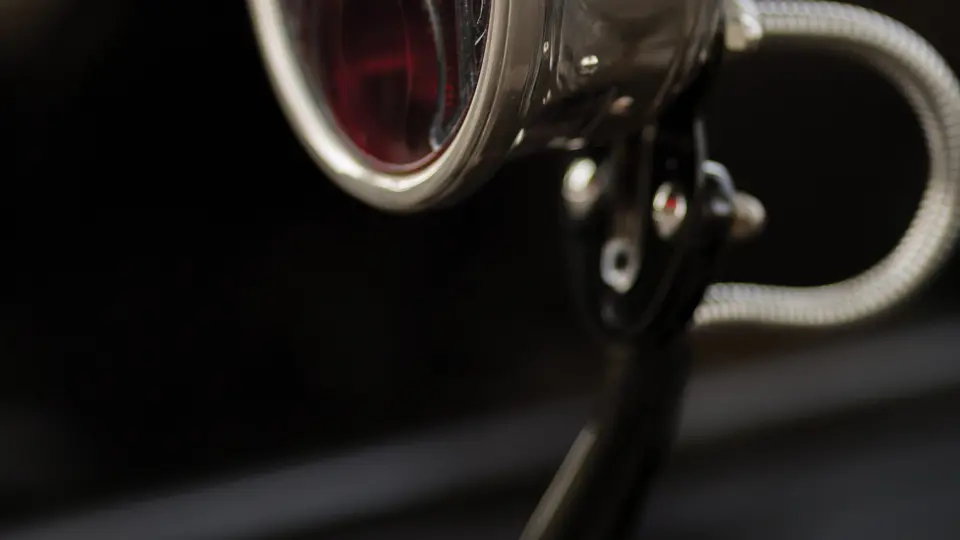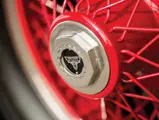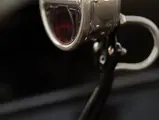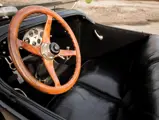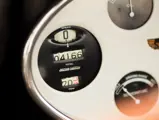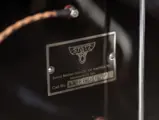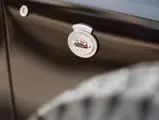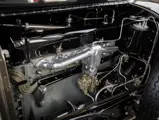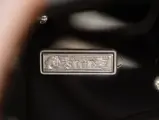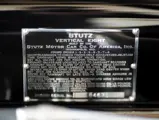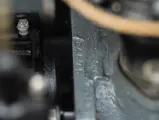
1927 Stutz Vertical Eight Custom Black Hawk Two-Passenger Speedster by Robbins
{{lr.item.text}}
$429,000 USD | Sold
{{bidding.lot.reserveStatusFormatted}}
- One of the most important Stutzes extant
- A genuine, authentic Black Hawk Speedster
- Formerly owned by William Harrah and Sam Vaughan
- Well documented and respected by enthusiasts
- The fastest American-built production car of 1927
110 bhp, 298.6 cu. in. SOHC inline eight-cylinder engine, three-speed manual transmission, solid front axle and live rear axle with semi-elliptic leaf springs, and four-wheel hydraulic drum brakes. Wheelbase: 131 in.
The 1927 Black Hawk Speedster was the modern successor to the legendary Stutz Bearcat of the Brass Era, and it was the first “boattail” speedster to be produced by a major American manufacturer. With its powerful straight-eight engine, which was fed by dual Zenith carburetors, and a strong chassis with underslung worm drive and lightweight Robbins bodywork, it was able to capture the Stevens Trophy Cup at Indianapolis, as well as the AAA Stock Car Championship. It was, simply put, America’s fastest production car, but with power and sensual style to spare.
Documented, original, and properly restored examples of the Black Hawk Speedster are few and far between, and they are seldom ever available for sale.
THE HARRAH’S STUTZ
The known ownership history of this car begins in 1947, when it was owned by Bruce Robbins, of Pasadena, California (not believed to be a relative of the original coachbuilder). In an article on his Stutz in the October 1954 issue of Road & Track magazine, Mr. Robbins recalled finding the car locally through a newspaper advertisement, where it was being offered for $200. It was largely complete, including the original boattail bodywork, with the exception of the fenders. Correct fenders were modified from those taken from a Stutz touring car of this period, and the missing windshield was recreated, with a borrowed original used as a pattern. The body was finished in red with black fenders.
Mr. Robbins eventually sold his Stutz to Edward Fenton, of Los Angeles, and it then passed in 1959 from Fenton to William F. Harrah, for Harrah’s Automobile Collection in Reno, Nevada. The Stutz was photographed as-acquired by Tom Burnside and appeared in Motorcars of the Golden Past by Ken Purdy , as well as in some of Harrah’s famous promotional postcards.
After Mr. Harrah learned that the paintwork on the car was not original, he commissioned his shop to perform one of their famous “Gold Star” restorations. Work began around 1960 and was finished in January 1963. During this time, it was discovered that the serial number plate on the dashboard was not correct and that a previous owner had welded into the chassis an incorrectly numbered cross-member from a 1928 Stutz. After much deliberation, Harrah’s assigned the car chassis number AA-C18-86501, which is correct to the 1927 series and does not conflict with any other known Stutz. Complete documentation of this work, which has been collected from the Harrah’s archives, is included in the file.
The restored Stutz was displayed in Harrah’s Automobile Collection until 1985, when it was sold to the late Sam Vaughn, of Uncertain, Texas, for his own famous collection. After Mr. Vaughn’s untimely passing, it passed into the ownership of another well-known collector, Herbie Livingston, from whose South Carolina museum it was purchased by the present owner.
By the late 1990s, the cosmetics of the car had deteriorated from its long museum display. Its owner requested that his son, the owner of Northeast Ohio Restoration, perform a new restoration based on the original restoration file, copies of which were acquired from Harrah’s. The car was very thoroughly and authentically finished once more, and it eventually earned a CCCA Premier status. It was also driven by the owner and his wife on a number of 1,000-mile CARavans, where it always performed beautifully.
This Black Hawk Speedster is not only authentic but also one of the most well known and respected among enthusiasts, as it has literally decades of known history, and it is being offered today for the first time in 20 years. It has always been enjoyed and appreciated, as it certainly will be by the next owner of what was once America’s fastest road going car.




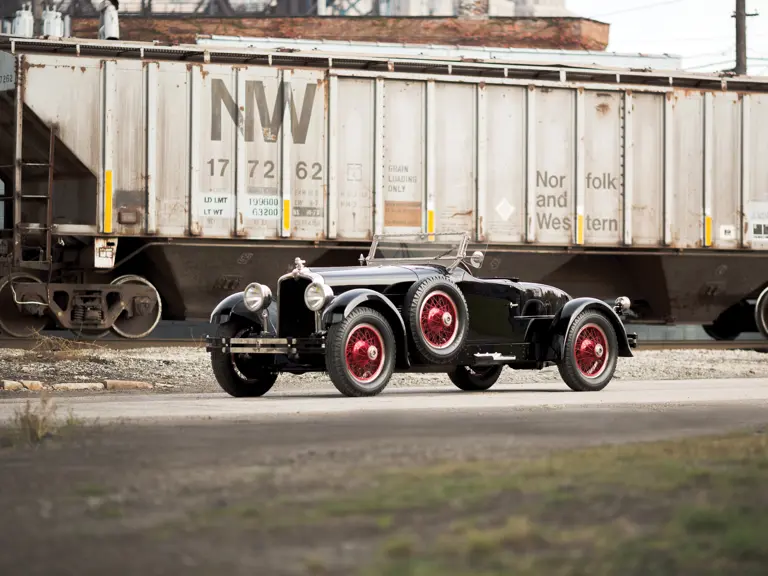
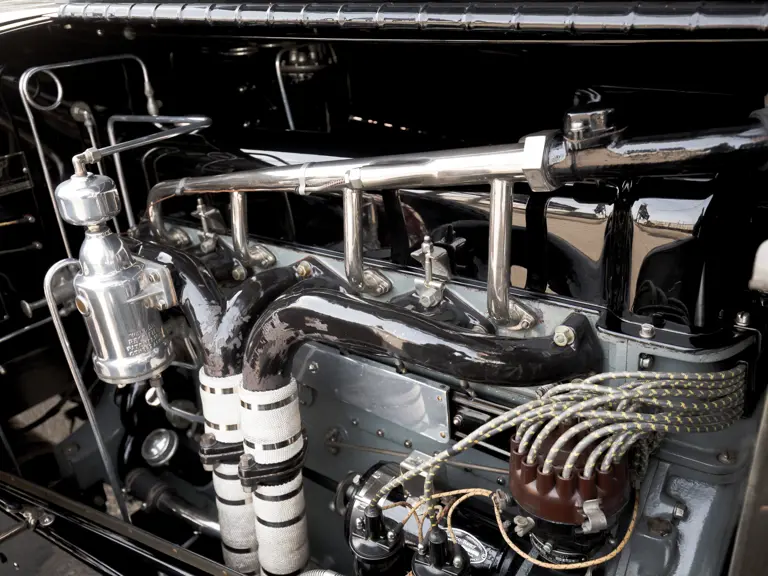
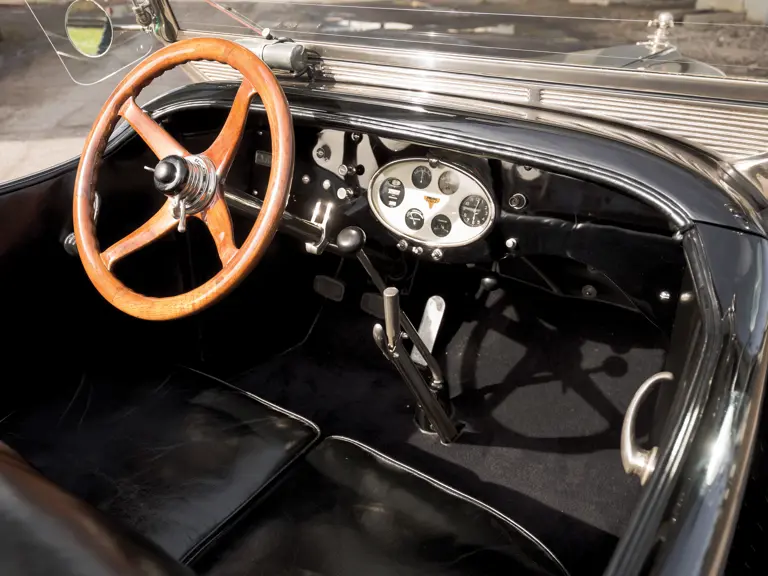
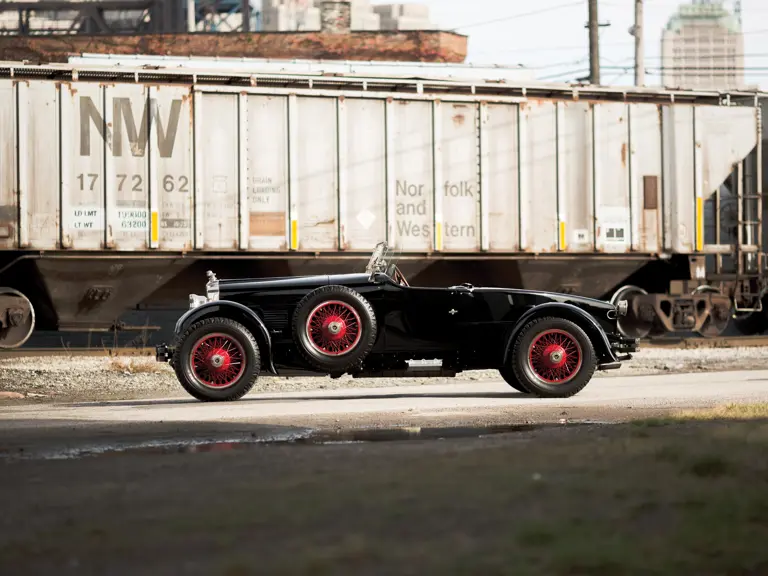
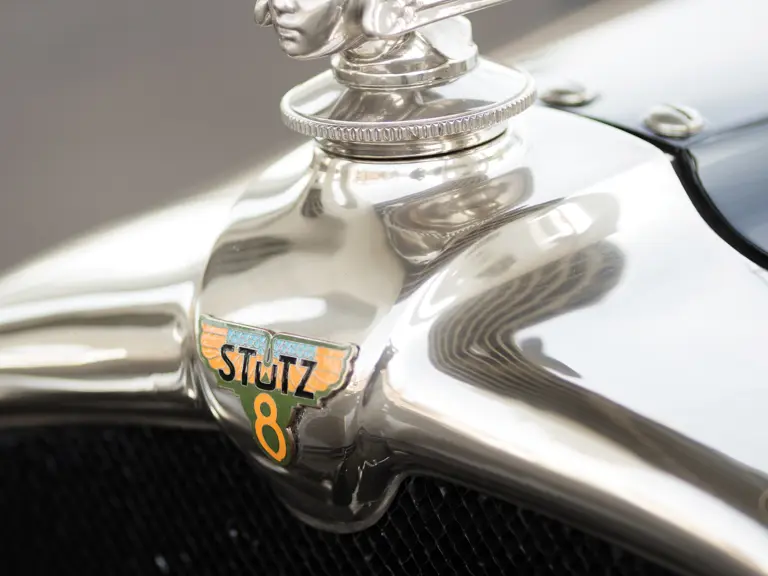
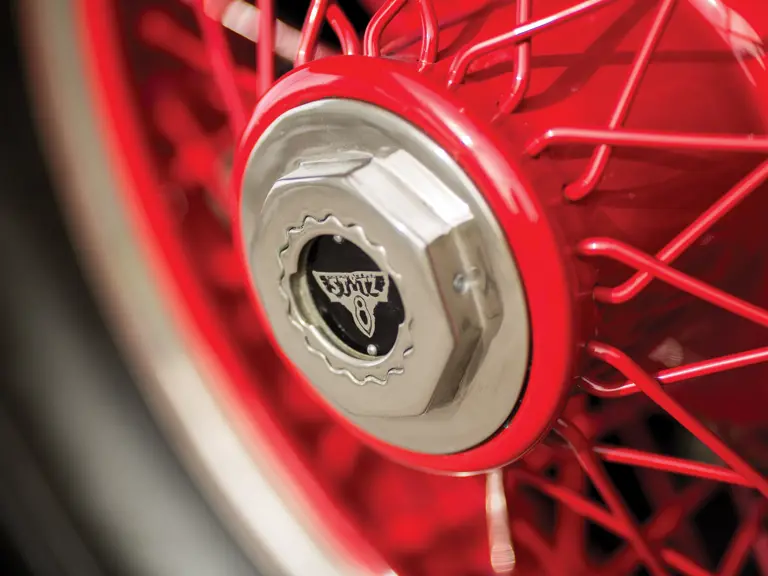


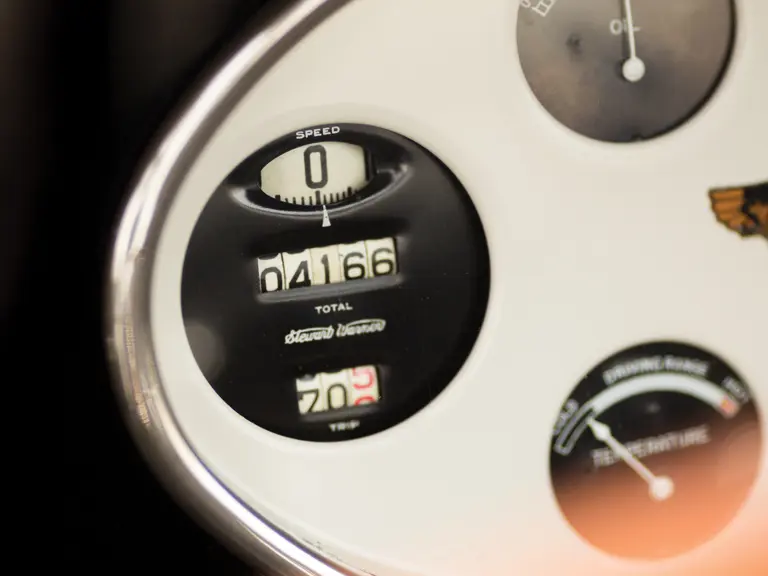
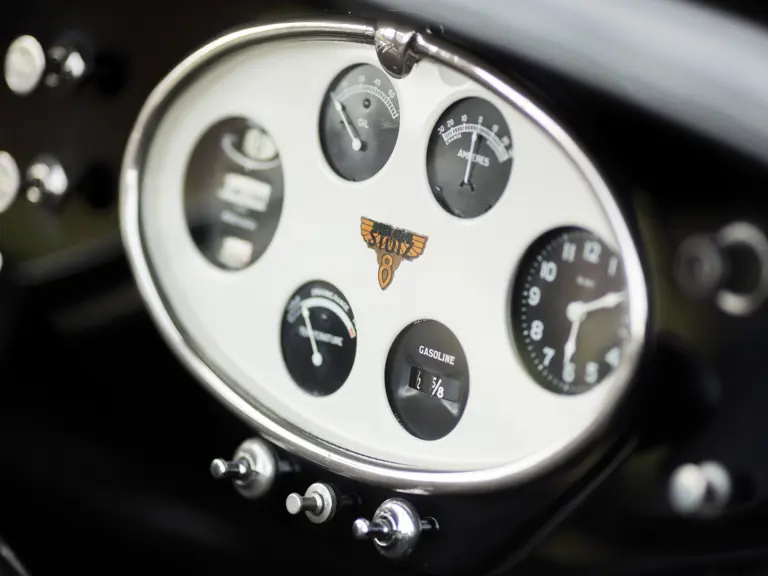
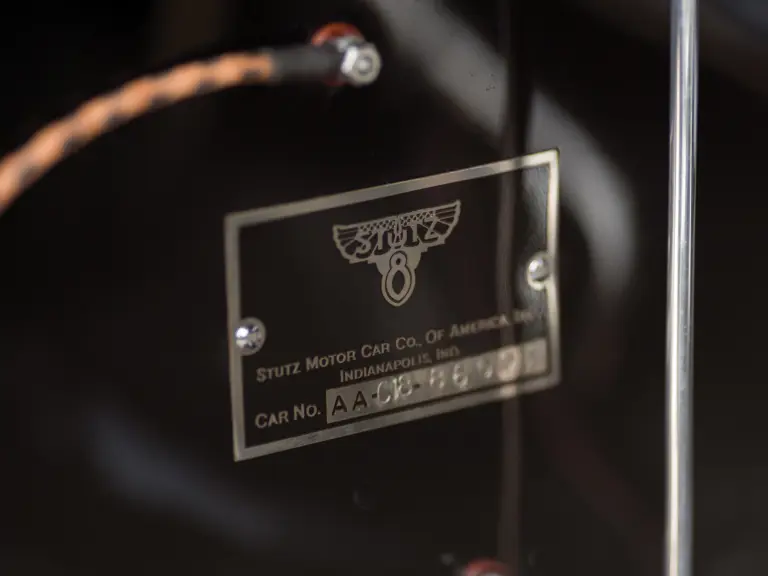
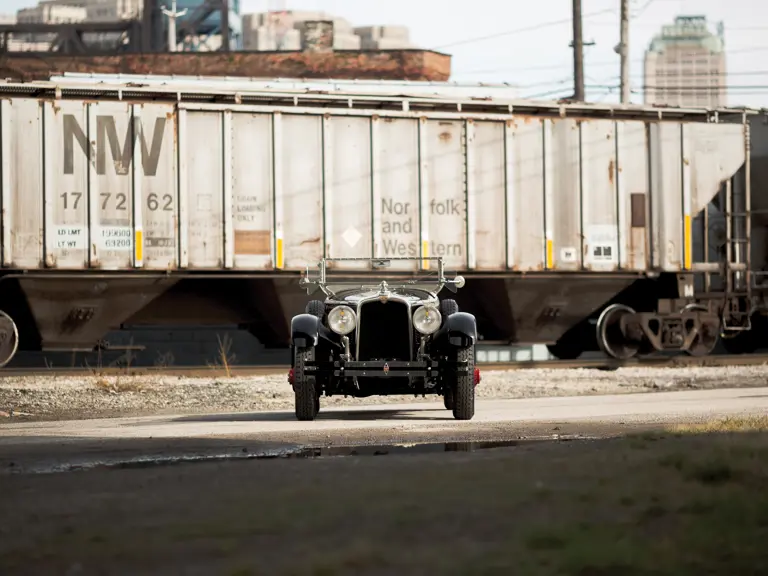
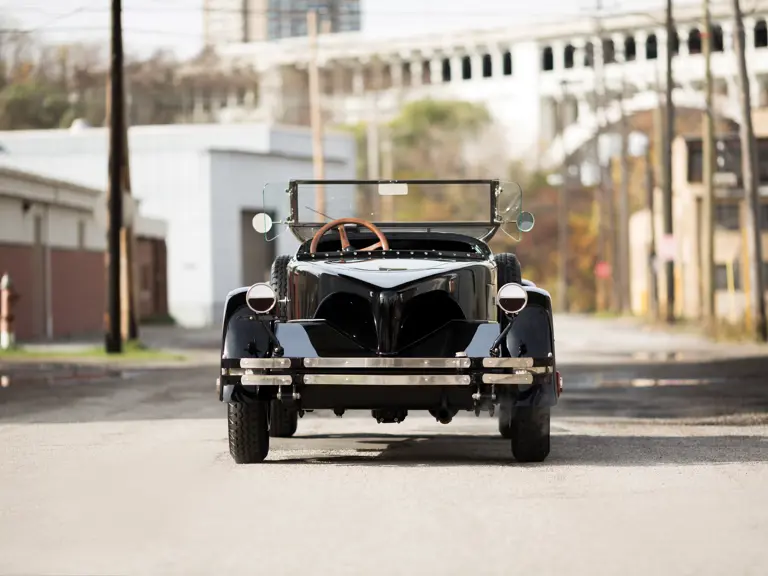
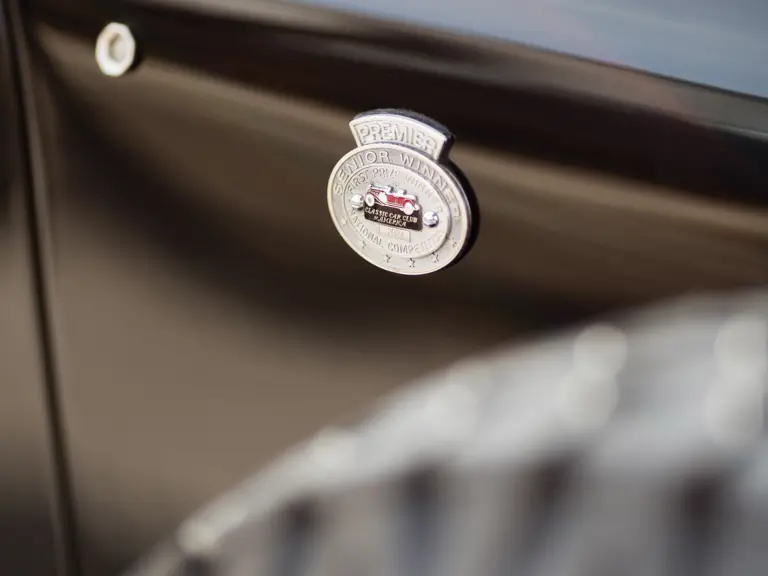
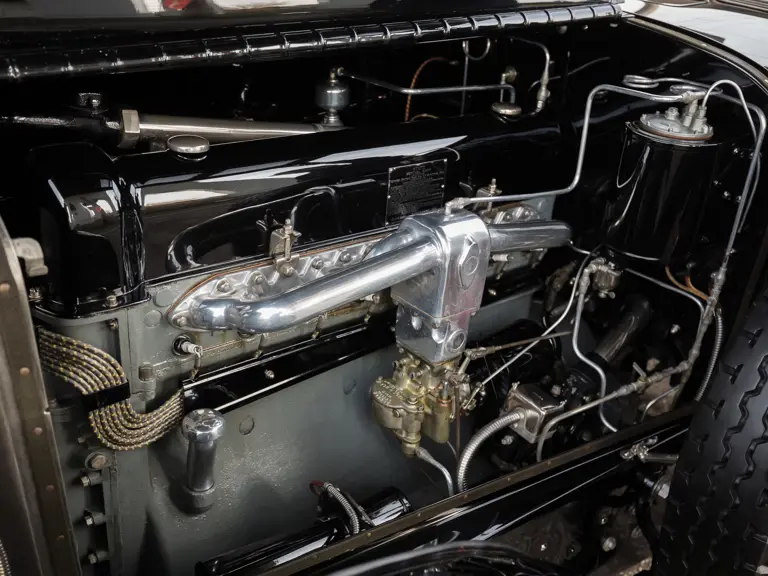
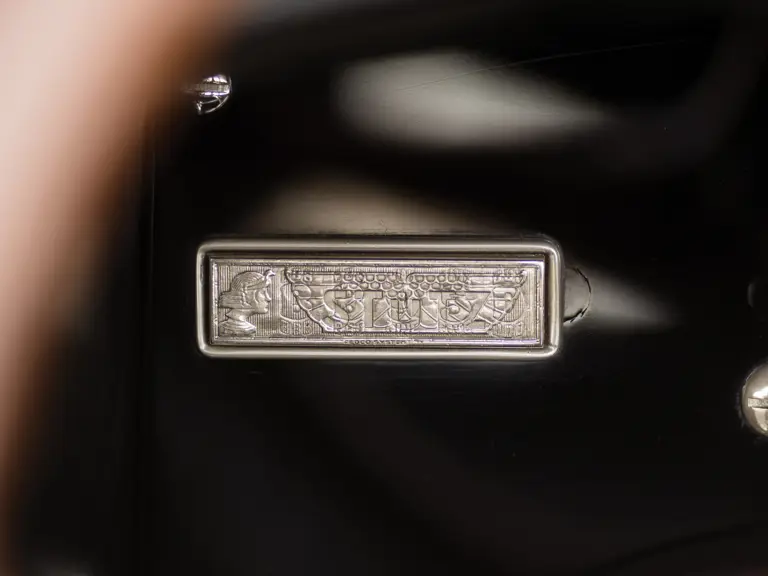
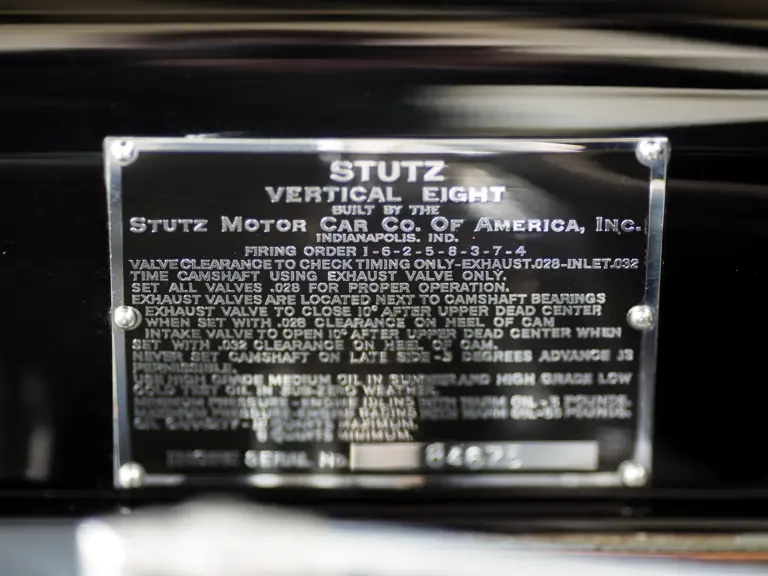
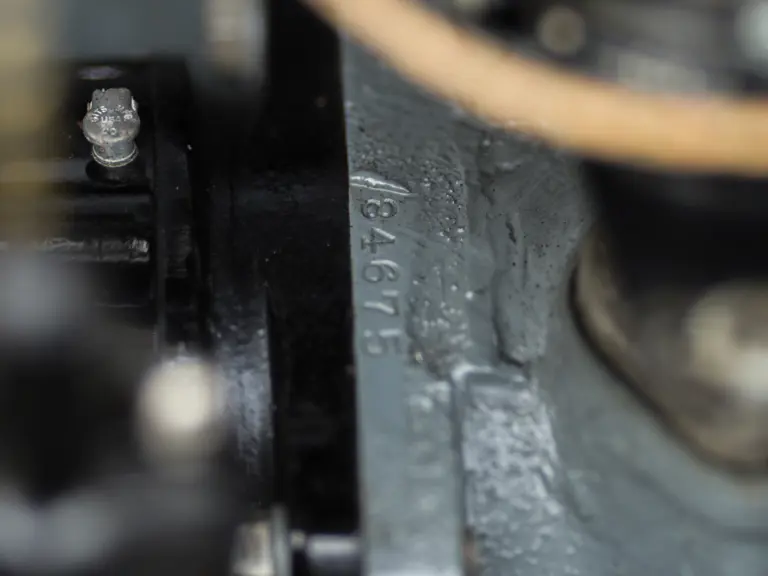
 | Amelia Island, Florida
| Amelia Island, Florida
